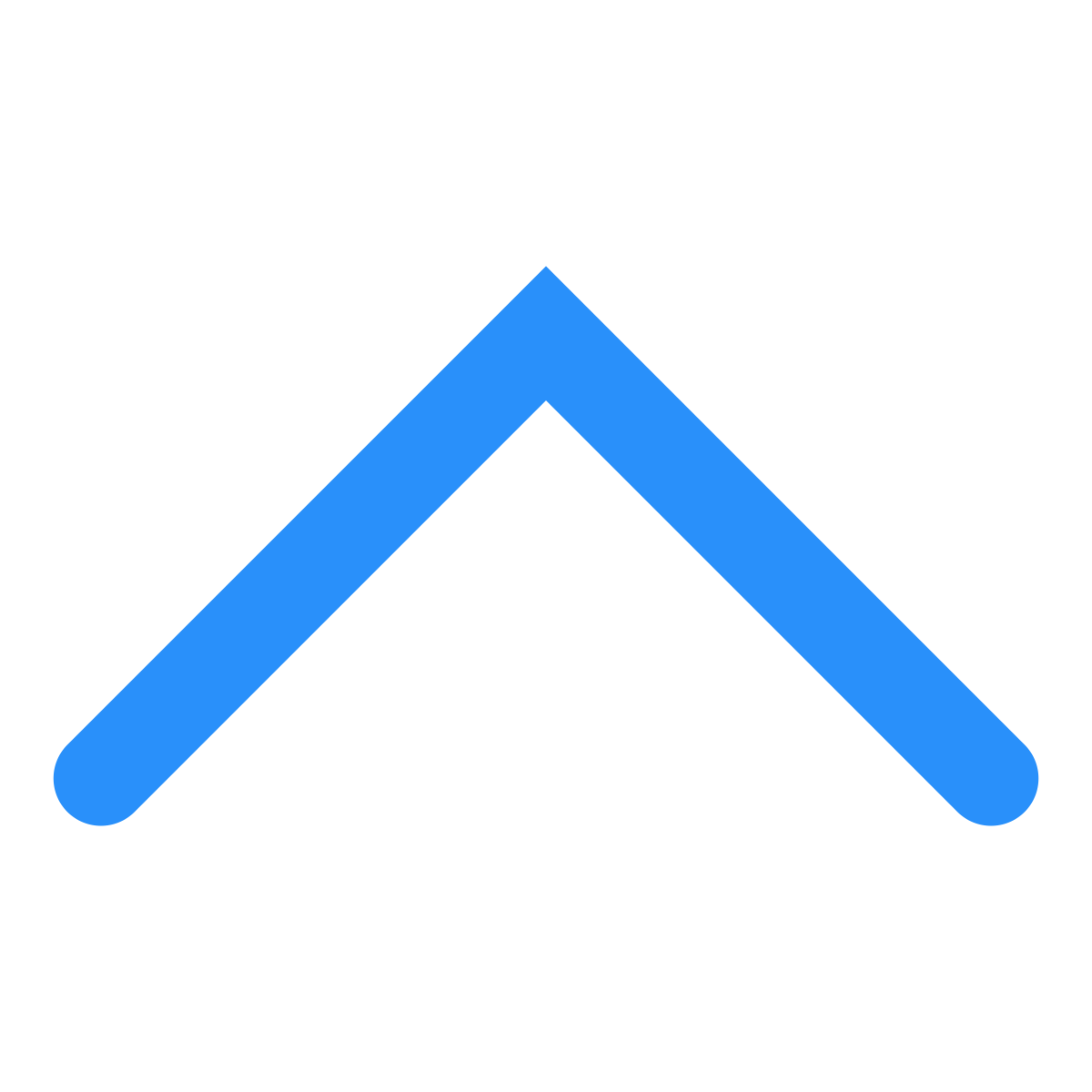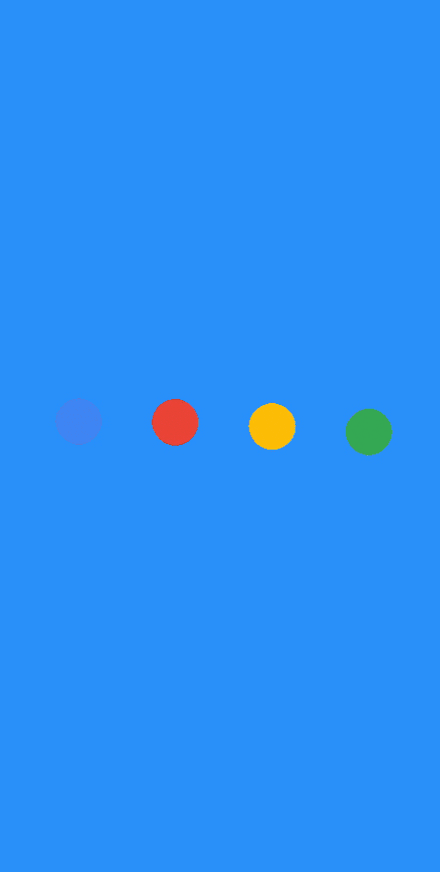


In the Summer of 2016, I was a User Experience design intern at Google in Mountain View, California. Let me tell you about my experience!

I was part of a cross-product design team within G Suite. G Suite is the new name for the business, productivity, and collaboration product area within Google. Although G Suite is the official name for the enterprise side of things, we worked on aspects that would affect both the enterprise and consumer products. I was working alongside with designers that were a part of products such as Drive, Gmail, Calendar, Keep, Docs etc.
Originally, I was supposed to work on a new product within this area as part of the project my manager was working on. However, once I got there, that project was lined up to be moved to a different part of the company, along with my manager. So instead, I was put on a new project which was in its initial stages, with much more responsibility.

I was one of four designers working on an internal spec for G Suite. You can think of it as a kind of Material Design Spec, but specifically for G Suite, and to be used internally for designers working on these products. What this spec would cover, how it would work between the different levels of the company, and what the content of the spec would specifically be, were all to be decided when I got there. Incredibly, I was part of the decision making process for this.

In addition to helping figure out the specifics of the spec itself, I took ownership of one of the larger and more complicated interaction patterns that we wanted to tackle in this project - drag and drop. The goals of this project were to help create consistency between all the different products within the suite for the end user, especially since now it was being branded as a suite. Also, a major goal was to help and facilitate all the designers working on these products, by giving them resources, guidelines, and assets, to promote cross product collaboration and save them collective time and effort.
This was my first time working at such a large company, and navigating the politics of how to interact with certain people, and how to act was one of the first challenges I faced.
The next biggest challenge was communication. Since what I was working on would affect many products, each of which had entire design teams dedicated to them, I had to reach out to and collaborate with them to make this project as frictionless as possible. Getting these other designers to actually reply and meet with me was difficult and confusing for a while, but with help from my manager, and persistence I was able to get that ball rolling. Another thing that helped was to send a bit of my work as a preview to the design leads to get them interested in what I had to say - that definitely got them opening up their calendar for me!
And finally, the technical aspect of actually doing the work was immensely challenging. I had no idea how to create a spec, let alone one that the entire product area would use. To learn what kind of process I should go through, I reached out to others in the company who had done certain things that were relevant, such as audits of a particular design pattern. Also, I found that it was challenging to communicate something like a drag and drop interaction with mocks, so I picked up a new prototyping tool - FramerJS - to be able to illustrate that better. I had then realized that most of the work the makes it into products at Google goes through immense user testing, and without that, most of the designers didn't believe in my work. So I took it upon myself to set up user studies myself - after asking for advice from the researchers on my team.
Overall, I can confidently say that I haven't learned more about design - or grown more in general - than during my 14 weeks working at Google. This was such an unreal opportunity that I am infinitely grateful for, and I couldn't have imagined it going any better :).